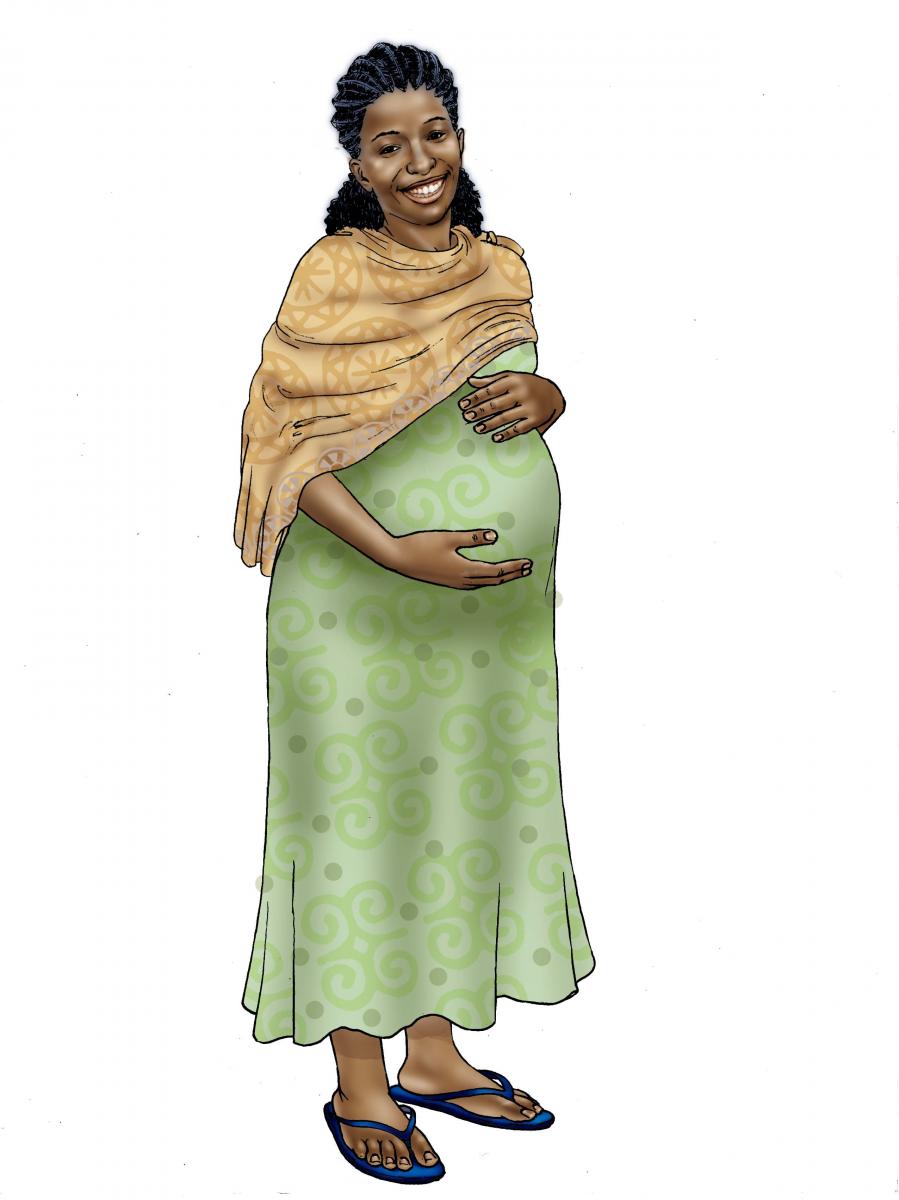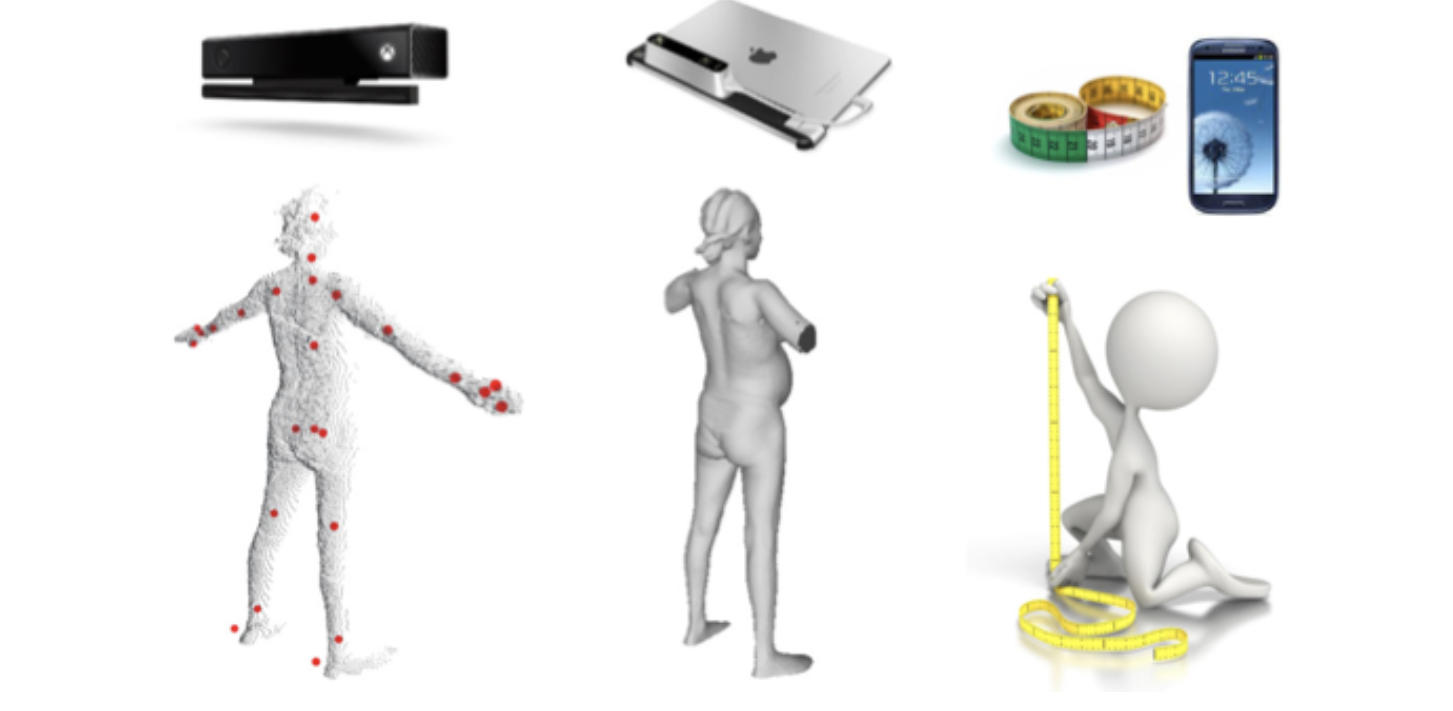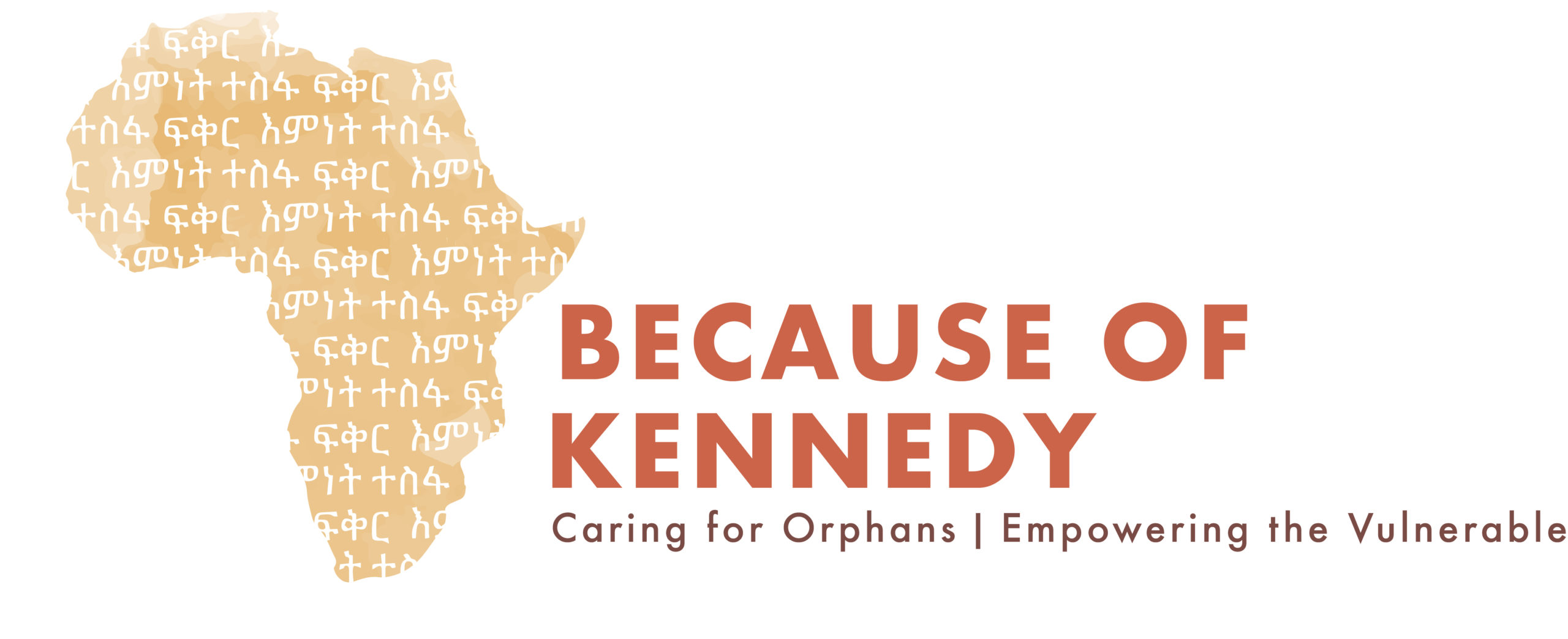Discovery Programs

ASSESSING OBSTRUCTED LABOR RISK
Ethiopia had the fourth highest number of maternal deaths worldwide in 2015. One out of every 64 Ethiopian women die due to complications with pregnancy and 17% of deaths of 15-49-year-old Ethiopian women are due to maternal causes. The neonatal mortality rate was 29 deaths per 1,000 live births in 2018; i.e., 1 in every 35 children born alive in Ethiopia do not survive the first 28 days of life, equivalent to 95,000 newborn deaths per year. Obstructed labor accounts for 11% of all maternal deaths in Ethiopia. Cephalopelvic disproportion (CPD) is a mismatch between the size of the baby and mothers pelvis, is a leading cause of to obstructed labor. In places like the Ethiopia and much of the rural developing world a majority of women delivery at home, without a skilled health professional. Reaching health facilities with the capacity for C-section may require hours of days of travel. CPD-related obstructed labor (in the absence of C-section) often leads to maternal and/or perinatal mortality or long-term morbidity.
The Need
To identify safe, low-cost methods for timely and accurate diagnosis of risk of obstructed labor from CPD, particularly in settings where access to nearby emergency C-section is not available.
The Solution:
We have developed novel tools that employ low-cost 3D cameras to generate 3D models of pregnant women, from which anthropometric measurements are automatically extracted via our novel image processing algorithms and used to calculate our novel CPD risk score to identify at-risk mothers.

We Need Your Support:
We aim to complete our validation studies and scale-up these tools across Ethiopia so that every at-risk Ethiopian mothers – and their healthcare giver – know if they were at risk of obstructive labor, well before labor. These tools will Increase the number of high risk pregnancies that deliver in appropriate health facilities and reduce maternal and neonatal mortality rates in Ethiopia.
Fund raising need: $50,000/year
Acknowledgement:
We gratefully acknowledge the support from Grand Challenges Canada (Grant 0748-03) and the Saving Lives at Birth Partners: United States Agency for International Development (USAID), Norwegian Agency for Development Cooperation (Norad), Bill & Melinda Gates Foundation, Grand Challenges Canada, UKaid and the Korea International Cooperation Agency (KOICA).

References:
1.) Gleason RL, Yigeremu M, Debebe T, Teklu S, Zewdeneh D, Weiler M, Frank N, Tolentino L, Attia S, Dixon JB, Kwon C, Pokutta-Paskaleva A, Gleason KA. (2018) A safe, low-cost, easy-to-use 3D camera platform to assess risk of obstructed labor due to cephalopelvic disproportion. Plos ONE. 13(9):e0203865. PMID: 30216374.
2.) Tolentino L, Yigeremu M, Teklu S, Attia S, Weiler M, Frank N, Gleason RL (2019) 3D camera anthropometry to assess risk of cephalopelvic disproportion-related obstructed labor in Ethiopia. Interface Focus. 9(5):20190036.

